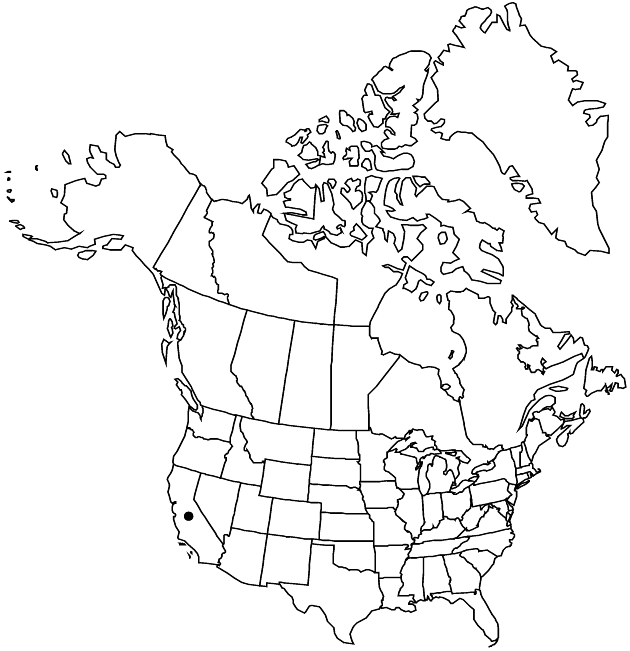Difference between revisions of "Layia pentachaeta subsp. pentachaeta"
Endemic
Treatment appears in FNA Volume 21. Treatment on page 267.
imported>Volume Importer |
imported>Volume Importer |
||
| Line 48: | Line 48: | ||
|publication year= | |publication year= | ||
|special status=Endemic | |special status=Endemic | ||
| − | |source xml=https:// | + | |source xml=https://bitbucket.org/aafc-mbb/fna-data-curation/src/2e0870ddd59836b60bcf96646a41e87ea5a5943a/coarse_grained_fna_xml/V19-20-21/V21_653.xml |
|tribe=Asteraceae tribe Heliantheae | |tribe=Asteraceae tribe Heliantheae | ||
|subtribe=Asteraceae (tribe Heliantheae) subtribe Madiinae | |subtribe=Asteraceae (tribe Heliantheae) subtribe Madiinae | ||
Latest revision as of 21:13, 5 November 2020
Ray corollas yellow. 2n = 16.
Phenology: Flowering Mar–Jun.
Habitat: Grass-lands, openings in woodlands, chaparral, sandy or clayey soils, sometimes serpentine
Elevation: 100–1200 m
Discussion
Subspecies pentachaeta occurs in the Sierra Nevada foothills north of the Tehachapi Range and in the San Joaquin Valley and South Inner Coast Ranges. Putative hybrids with Layia pentachaeta subsp. albida have been collected in the southern Sierra Nevada (e.g., Keck 3258 in UC); artificial, highly fertile hybrids of the same combination have been produced; (J. Clausen 1951).
Selected References
None.
Lower Taxa
None.
